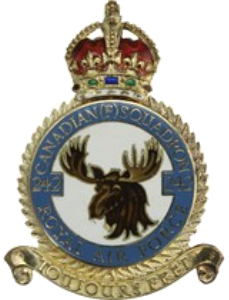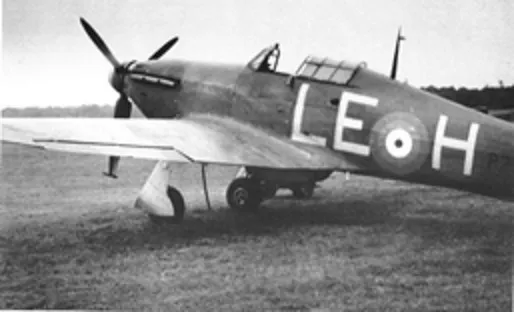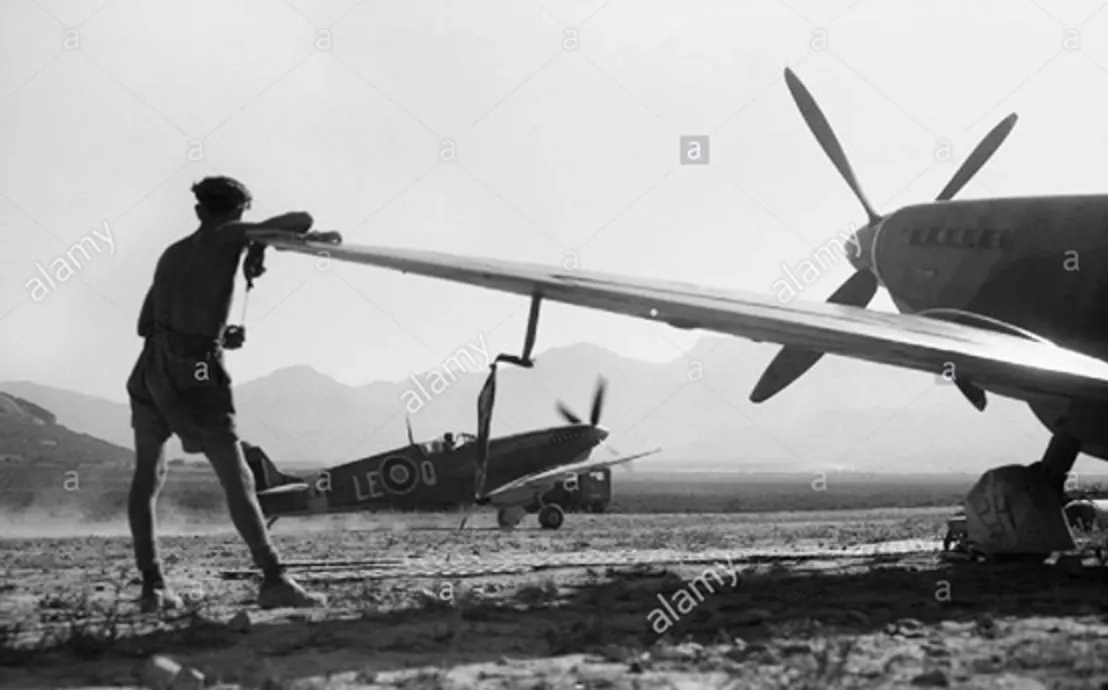No. 242 Squadron RAF



On 30 October 1939, No 242 Squadron reformed at Church Fenton as a fighter squadron and initially had a large number of Canadian personnel on strength. In December it received Blenheim fighters which were replaced in January 1940 by Hurricanes, the squadron becoming operational on 23 March. Operations over France began on 16 May, a detachment being based at French airfields until evacuated on 16 June to take part in the Battle of Britain.
After taking part in the Battle of Britain, the squadron began offensive sweeps and bomber escort missions in December. These lasted until September 1941, when No.242 was withdrawn to North Wales for patrols over the Irish sea shipping lanes. It became non operational on 3 October to prepare for overseas and in December the squadron left for the Far East. En route its pilots were flown off to Malta where they were later absorbed no No.126 Squadron. The ground echelon arrived in Singapore in January 1942, being merged with other personnel of Nos.232 and 605 Squadrons to service Hurricanes of a composite unit. The Japanese advance and air superiority forced a withdrawal to Sumatra and Java, where it was dispersed by 10 March 1942.
On 10 April 1942, No.242 reformed at Turnhouse and after flying defensive patrols, moved its Spitfires to North Africa in November to provide air cover for the 1st Army during the Tunisian campaign. In June 1943, the squadron moved to Malta to support the landings in Sicily, following the Army there for a period before moving to Italy in mid-September. In April 1944, No.242 was sent to Corsica to fly sweeps over northern Italy and covered Allied landings in southern France in August. After a month in France, the squadron disposed of its aircraft on 27 September and left for Naples a week later to be disbanded on 4 November 1944.

